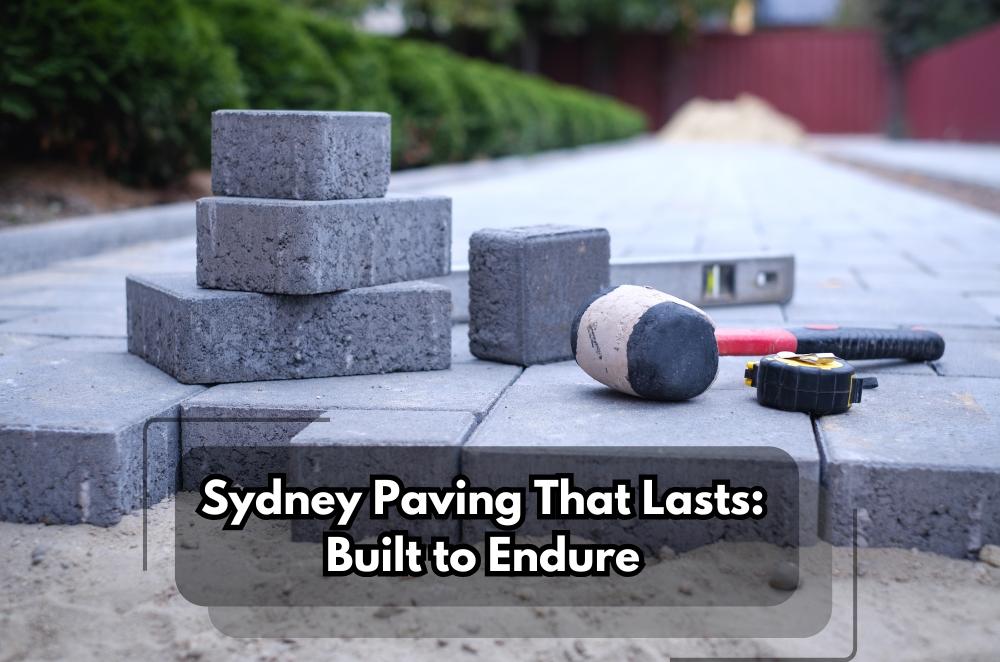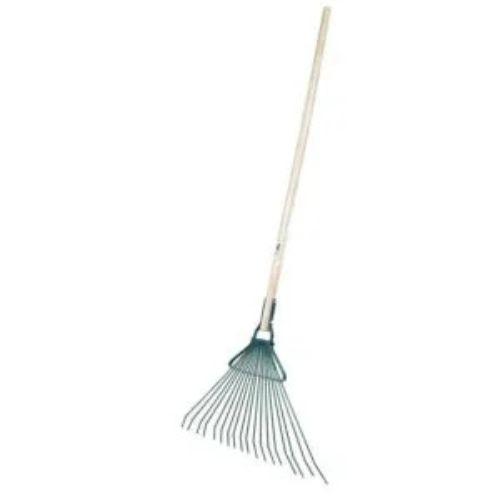Sydney Paving That Lasts: Built to Endure

Choosing the right paving in Sydney isn’t just about looks; it’s about how the surface holds up to heat, storms, and the daily grind of tyres and foot traffic. Driveway paving Sydney specialists deliver lasting results. That claim only stacks up when the build is done properly: base preparation, reliable fall, and materials suited to local soils. We favour compacted layers, solid edge restraint, and joint sands that won’t wash out in summer downpours. Drainage matters most; move water away fast, and pavers stay tight, flat, and quiet under wheels. Style still matters, but longevity begins beneath the surface. Get the foundations right and your driveway will keep its shape.
What makes Sydney driveway paving last?
Good paving lasts when base, drainage, and edges work together. The right laying pattern then locks everything in.
Start with excavation to stable ground and build a crushed-rock sub-base in compacted lifts. Allow a steady fall (about 1–2%) so water won’t loiter under the surface or beside structures. Concrete haunching or kerb restraints stop sideways creep at the margins. Herringbone patterns spread wheel loads, reducing ruts where cars turn. The final piece is jointing sand that resists washout during East Coast lows. When these parts align, maintenance is primarily housekeeping—sweeping, topping up joints, and resealing where stains are likely to occur.
• Compact sub-base in thin layers
• Set concrete edges to prevent drift
• Aim for a consistent surface fall
• Choose interlocking patterns for vehicles
If you’re weighing design moves that still perform, consider smart paving ideas in Sydney for layouts, textures, and transitions that don’t date quickly.
Which pavers perform best in Sydney?
Match the material to the traffic, slope, and sun exposure. Then pick a colour and finish to suit the home.
Concrete pavers provide consistent thickness and value, making them ideal for interlocking formats on driveways. Clay pavers hold colour for decades and suit heritage streetscapes. Natural stone, such as granite, bluestone, and travertine, adds character, but thickness and slip resistance are also important considerations. On steeper grades, texture beats gloss for wet braking; lighter tones also help cut surface heat through summer. Sealers are helpful against oil and leaf tannins, yet they won’t rescue poor prep. Build the system correctly first, then tailor it to the site’s risks.
• Prioritise slip resistance on slopes
• Balance paver thickness with base depth
• Use lighter tones to reduce heat gain
• Select jointing sand for heavy rain
For driveways that cop with trucks, trailers, and weekend loads, we favour interlocking patterns over running bond. They resist wheel shear at entries and turning circles, keeping lines tidy and tight over time. Around pools or shaded areas, pick higher-grip finishes and plan for leaf litter, moss, and runoff. In coastal pockets, mind salts and choose fixings and sealers accordingly.
What’s the bottom line on paving?
Treat paving as a system, not a single product. Budget first for the boring bits: excavation, base, compaction, and drainage.
If the site has clay pockets, add geofabric to separate fines from the base. Where driveways meet garages, install channel drains so stormwater doesn’t puddle at thresholds. Protect edges early; repairs at margins are never as tidy. Routine care is simple when the build is honest: sweep grit, top up joints, and reseal only where it adds value. Planting also matters; roots, shade, and irrigation shape how hard surfaces age. For ongoing curb appeal that supports the paving work, consider reliable Sydney garden services to keep beds neat, paths clear, and runoff in check.








